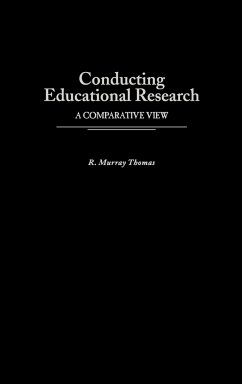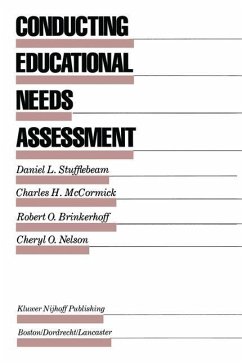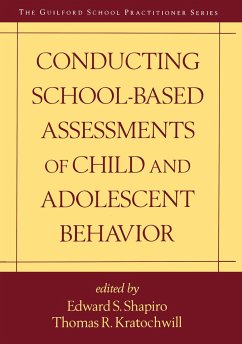
Conducting Educational Research
Versandkostenfrei!
Versandfertig in 1-2 Wochen
142,99 €
inkl. MwSt.
Weitere Ausgaben:

PAYBACK Punkte
71 °P sammeln!
Conducting Educational Research is geared to help graduate students understand and apply the most important principles of scholarly investigation. The clarity of the text and the numerous practical examples help to reinforce important concepts and key ideas, increasing the efficacy of the text for even the most inexperienced student-researchers.














